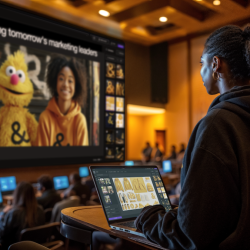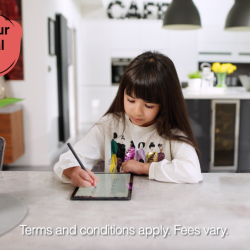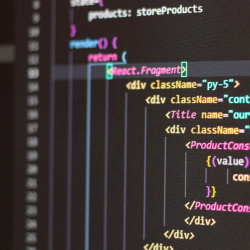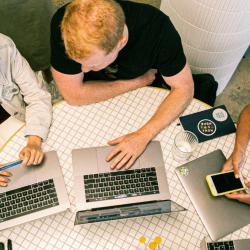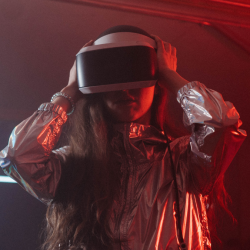Technology is changing the face of education and the student experience. At a surface level, this can be seen in what kids are taking to school with them. Where previous generations were packing their bags to the brim with pencil cases, notebooks, textbooks and hand-written coursework, students today are digital-first — laptops and tablets replacing their analogue counterparts. While going digital-first certainly helps lighten the physical load, it also presents challenges.
From using technology as a support system and the use of AI to the high cost of new devices, here are three ways technology is transforming modern education experiences.
Technology as a support system
In 2020, the whole world was at a standstill with lockdowns from the Covid-19 pandemic. Many schools had to incorporate virtual classrooms to ensure students could continue learning from home. Schools that already had this in place were able to move swiftly to an e-learning model which they were already used to, while other schools who had not, had to play catch up quite quickly, switching to a new way of learning through technology.
E-learning helped to maintain communication amongst students and teachers, manage homework and share supplementary materials. This constant connectivity is also seeing parents becoming more involved with their children’s education. This is where technology — whether at home or integrated into the classroom — plays a key role in supporting students, with digital tools able to relieve some of the burdens historically associated with starting a new school year.
Technology is also resulting in students feeling more pressure. A recent survey we conducted amongst over 200 Superprof tutors and parents, showed that 67% believe students today face more pressure to achieve higher grades.
While certain technologies can alleviate some of the additional stresses associated with going back to school, a cohort that is more exposed to the digital world is presented with more challenges that previous generations never had to face. Going back as little as fifteen years ago, platforms like Instagram and TikTok didn’t exist, yet today 29% of students aged 8-17 have reportedly experienced unkindness on social media. It is therefore vital that students are educated on how to best interact with different technologies, especially when it comes to something that could potentially have a negative impact.
AI in education
We all know AI is transformative; many of us are exploring ways it can be used in our jobs and day-to-day lives. So are students.
Like any new technology, AI has significant potential to do good, and to be misused. As user-friendly applications like ChatGPT become prevalent, they can present shortcuts for students. It allows them to get more accurate and contextualised information easier, but it also allows them to get AI engines to create whole essays, with minimal input from the student — tantamount to cheating.
It’s easy to see why using AI shortcuts is attractive. It saves them time, and they often get better grades as a result: two-thirds of students are reporting they are getting better grades via AI.
Like everything else in life, AI will certainly transform the learning experience, fundamentally and in the long term. But its use has to be closely monitored and regulated to ensure students are getting true value from their education.
There is one key exception to AI’s future in education. Teachers cannot ever be replaced by machines: here, human intelligence is far superior to artificial intelligence. The empathy and connections teachers make cannot be re-created by machines — one of the few things unlikely to change now or in the future.
The rising costs of ‘back-to-school’
School is becoming more expensive. The average estimated cost for UK parents is a whopping £452.40 per child, with increases largely due to the need for tech, which is now viewed as being indispensable in modern education, and an essential part of back-to-school shopping for parents.
There is pressure on families as a result, with 21% of parents stating that they would be concerned about the negative effects on their child if they weren’t equipped with the latest technology. Parents don’t want their children falling behind on school work, or being picked on, therefore, the challenge lies in finding a solution where different forms of technology can be made more accessible in order to avoid a technical skills gap.
Technology has undoubtedly reshaped the way we view and experience education. The potential of new learning technologies is limitless, but it is also crucial to appreciate the possible drawbacks — from how those tools are used to disparities between those who can afford them, and those who cannot.
One indisputable fact is that technology is and will continue to fundamentally change how future generations experience education. What kids today pack to go to school is already far different from those even just a decade ago. It’s impossible to say what devices students will be placing into their backpacks in the near future (or if they even need backpacks!). But one thing will remain true: education will be focused on human interaction.
Featured image: Gustavo Fring / Pexels


























